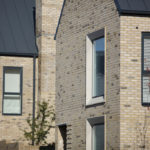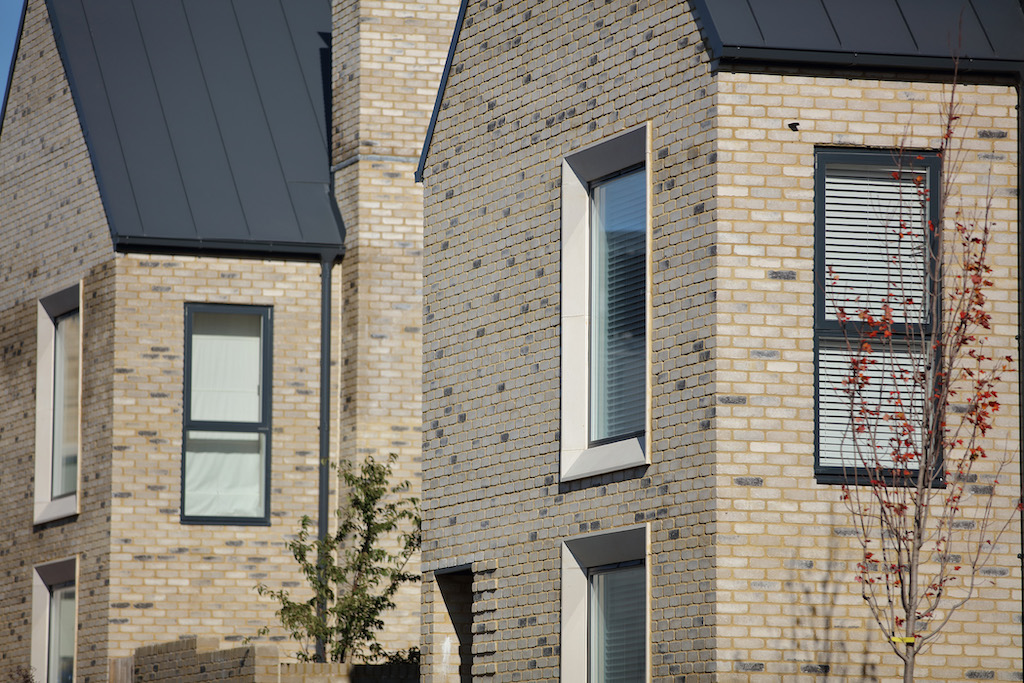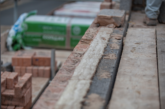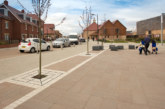Marshalls outline why the recent changes to the building regulations could mean it is a good time to consider switching to concrete bricks.
From the 15th June 2022, changes were made to Approved Document Part L Building Regulations as part of the Government’s ongoing progression towards its net zero goals, including that of delivering zero carbon ready homes by 2025.
Understanding the changes to these regulations and how they impact housebuilders is a key consideration to remain compliant and working to best practices. Here, Kevin Cafferty, Commercial Director for Marshalls Bricks & Masonry explores the changes to Approved Document Part L in a little more detail, along with how a switch to concrete bricks can help housebuilders meet the requirements of the changes due to the sustainability and carbon saving benefits.
Building Regulations Part L?
Part L is split into numerous documents covering multiple areas, however, here is the relevant document to this topic:
Approved Document Part L1A
This covers the requirements for new homes and their energy efficiency, along with individuals responsible for ensuring that building work and homes remain compliant with the regulations within the document.
U-values, fabric efficiency and CO2 emissions
U-values are used to measure how effective the fabric of a home is at preventing heat transmitting from outside to inside and vice versa. The lower the U-value score, the better, as this means there is less heat transmitting through the house. As part of the Future Homes and Buildings Standard, measurement of U-values is to become required and much more stringent. The measurements are detailed in the table.
|
Thermal Element |
Minimum Standard U-value W/m2k |
|
Wall |
0.18 |
|
Roof |
0.13 |
|
Floor |
0.13 |
|
Window |
1.4 |
|
Door |
1 |
As part of the updated regulations that centre on fabric efficiency, the housebuilder must ensure that every new home produces 31% less CO2 emissions than in the 2013 version of Approved Document Part L. Essentially, this is viewed as a step towards the new Future Homes and Buildings Standard set to be introduced in 2025. This new Future Homes and Buildings Standard is expected to state that new homes must produce 75-80% less carbon emissions than homes do currently under the regulations.
Alongside designing homes for low energy consumption to achieve these reductions, there must also be a key focus placed on the materials used in construction. Moreover, one considerable and immediate reduction in embedded CO2 could be made simply by the very bricks that are used.
Here is where concrete bricks offer many advantages. Being cured and not fired in a kiln, results in a massive reduction in heat energy and fossil fuels required throughout the process. Plus, it also means that the bricks will continually absorb CO2 throughout their lifetime. The total lifetime reduction in CO2 derived from specifying concrete bricks, over the more traditional type of brick on the market, is 49.1%. If all UK housebuilders switched to concrete bricks for all homes built in a single year, the lifetime CO2 reduction would be the equivalent of removing 300,000 cars from the roads or reducing 500,000 transatlantic flight planes.
Partnering to meet targets
When specifying to meet the requirements for Part L, it’s advisable to seek out a manufacturer that is committed to promoting and delivering sustainable products and practices. A supplier that shares the same values as your company and one that seeks out external validation in regard to sustainability credentials from reputable sources is vital.
With housebuilders working hard to report carbon performance to stakeholders, partnering with a true expert in the industry is always the recommended route to take to ensure that materials have been sourced, manufactured and delivered as sustainably as possible.
There is no doubt that the concrete brick manufacturing and technology processes have come a long way and are constantly being developed. With greater dimensional accuracy, ensuring a more consistent size and shape between individual bricks and different batches, as well as complete colour stability throughout its lifetime, concrete certainly ticks a lot of boxes. In recent on-site trials, Marshalls was keen to test their latest concrete facing bricks with professional bricklayers and the verdict was overwhelmingly positive in the weight, productivity and ease of cutting and shaping using hand tools.
Switching to concrete bricks is a huge step toward achieving carbon neutrality and should be a key priority for housebuilders moving forward.










